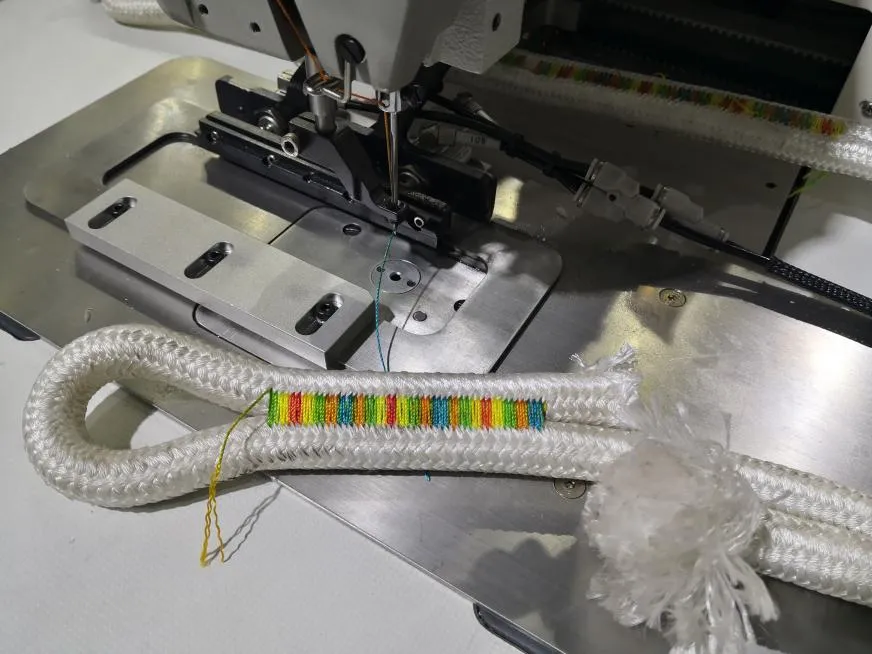upholstery sewing table
The Importance of Upholstery Sewing Tables in Craftsmanship
Upholstery is an art that combines creativity, skill, and precision. Whether you're reupholstering a vintage chair or crafting a custom piece of furniture, having the right tools is essential. One of the most vital tools for any upholsterer is the upholstery sewing table. This specialized piece of furniture is designed to accommodate the unique demands of upholstery work, offering a workspace that enhances efficiency and creativity.
Functionality and Design
An upholstery sewing table is not just any ordinary table; it's specifically designed to cater to the complexities of sewing various upholstery fabrics and materials. One of the key features is its size. Unlike standard sewing tables, upholstery tables tend to be larger and sturdier, providing ample space for handling bulky materials such as foam, batting, and diverse fabric types. The expansive work surface helps in managing the large dimensions of furniture pieces effectively, allowing more room to maneuver and work without the distractions of folding or crumpling materials.
Moreover, many upholstery tables come equipped with specialized features such as height adjustments, built-in storage, and even industrial sewing machine attachments. The height-adjustable option is particularly beneficial, allowing artisans to work comfortably at their preferred height, reducing strain during long projects. The storage compartments help keep tools and materials organized, streamlining workflows and minimizing downtime while searching for supplies.
Types of Upholstery Sewing Tables
When it comes to upholstery sewing tables, there are various types to consider based on specific needs and preferences. Some artisans prefer a heavy-duty table that can withstand the rigors of continuous sewing with thick materials. Others may opt for a more portable option that can be easily set up and dismantled for mobile projects.
1. Fixed Tables These are heavy and stable; they provide a solid foundation for large upholstery tasks. Fixed tables are ideal for those who have a dedicated workspace and regularly engage in upholstery projects.
upholstery sewing table

2. Folding Tables If space is a concern, folding tables are a fantastic solution. They can be easily stored away when not in use and quickly set up for projects. However, it's crucial to ensure that the chosen folding table is sturdy enough to hold heavier fabrics and sewing machines.
3. Custom-Built Tables Some upholsterers prefer to design their own tables tailored to their specific needs. Custom-built tables can incorporate unique features such as adjustable heights, integrated cutting surfaces, or specific alignments for sewing machines.
Benefits of Using Upholstery Sewing Tables
The advantages of using a dedicated upholstery sewing table are manifold. First and foremost, these tables enhance precision in sewing. The larger surface area allows for better handling and alignment of materials, which is critical for producing high-quality workmanship.
Additionally, an ergonomic design is vital for long sewing sessions, contributing to better posture and reducing the risk of repetitive strain injuries. A well-designed table can help maintain focus and productivity, making the sewing process more enjoyable and less physically taxing.
Conclusion
In summary, an upholstery sewing table is a fundamental asset for anyone serious about the craft of upholstery. It not only provides the necessary functionality and space required for working with bulky materials, but it also enhances the overall sewing experience through ergonomic design and superior organization. Whether you are a seasoned professional or a hobbyist, investing in a quality upholstery sewing table could significantly improve your craftsmanship and creativity, allowing you to focus on what truly matters bringing your unique upholstery visions to life. As the art of upholstery continues to evolve, having the right tools, starting with a dedicated sewing table, is essential for achieving excellence in this timeless craft.
-
Industrial Cylinder Arm Sewing Machine: Revolutionizing Heavy-Duty SewingNewsJul.28,2025
-
Cylinder Arm Sewing Machine: Perfect for Special Sewing ApplicationsNewsJul.28,2025
-
Cylinder Bed Sewing Machine: Essential for Sewing Complex MaterialsNewsJul.28,2025
-
Heavy Duty Sewing Machine: The Essential Tool for Industrial ApplicationsNewsJul.28,2025
-
Computerized Pattern Sewing Machine: Revolutionizing Precision StitchingNewsJul.28,2025
-
Heavy Duty Industrial Sewing Machine: Power Meets PrecisionNewsJul.28,2025
-
Leather Sewing Machine: The Industrial Standard for Tough MaterialsNewsJul.18,2025





























